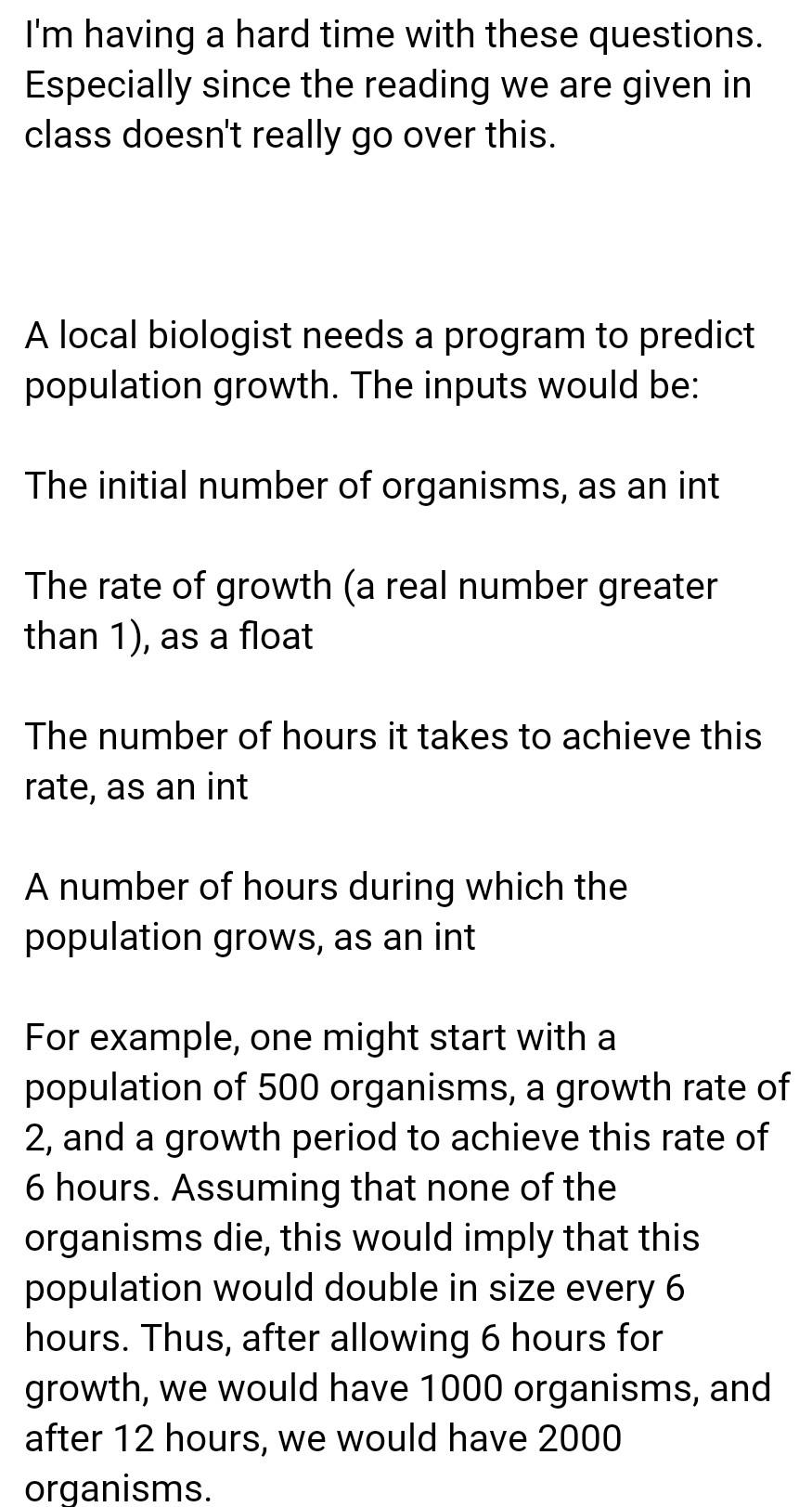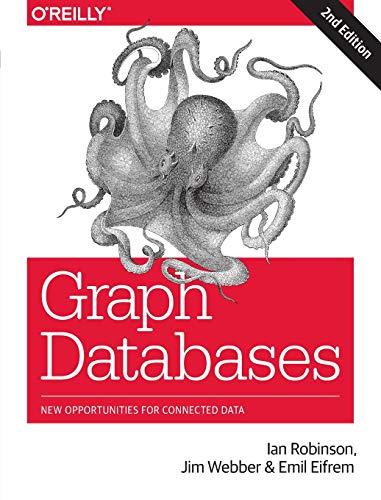Answered step by step
Verified Expert Solution
Question
1 Approved Answer
computer science Engineering ... Temporary over voltages represent a threat to equipment as well as to any surge protective devices that may have been provided
computer science Engineering ...




Temporary over voltages represent a threat to equipment as well as to any surge protective devices that may have been provided for the mitigation of surges. The scope of this Guide includes temporary over voltages only as a threat to the survival of SPDs, and therefore includes considerations on the selection of suitable SPDs. No equipment performance requirements are specified in this Guide. What is recommended is a rational, deliberate approach to recognizing the variables that need to be considered simultaneously, using the information presented here to define a set of representative situations. For specific applications, the designer has to take into consideration not only the rates of occurrence and the waveforms described in this Guide, but also the specific power system environment and the characteristics of the equipment in need of protection. As an example, the following considerations are necessary to reach the goal of practical surge immunity: This classification provides a practical basis for the selection of surge-voltage and surge- current waveforms and amplitudes that can be applied to evaluate the capability of equipment to withstand surges when connected to power circuits. The fundamental approach to electromagnetic compatibility (EMC) in the arena of surges is the requirement that equipment immunity and characteristics of the surge environment characteristics should be properly coordinated. By definition, the duration of the surges considered in this Guide do not exceed a one-half period of the normal mains waveform. They can be periodic or random events and might appear in any combination of line, neutral, or grounding conductors. They include those surges with amplitudes, durations, or rates of change sufficient to cause equipment damage or operational upset (see Figure1.7). Surge protective devices acting primarily on the voltage are often applied to divert damaging surges, but the upset can require other remedies. I'm having a hard time with these questions. Especially since the reading we are given in class doesn't really go over this. A local biologist needs a program to predict population growth. The inputs would be: The initial number of organisms, as an int The rate of growth (a real number greater than 1), as a float The number of hours it takes to achieve this rate, as an int A number of hours during which the population grows, as an int For example, one might start with a population of 500 organisms, a growth rate of 2, and a growth period to achieve this rate of 6 hours. Assuming that none of the organisms die, this would imply that this population would double in size every 6 hours. Thus, after allowing 6 hours for growth, we would have 1000 organisms, and after 12 hours, we would have 2000 organisms. 1 Write a program that takes these inputs and displays a prediction of the total population. An example of the program input and output is shown below: Enter the initial number of organisms: 10 Enter the rate of growth [a real number > 1]: 2 Enter the number of hours to achieve the rate of growth: 2 Enter the total hours of growth: 6 The total population is 80 11:11 am
Step by Step Solution
There are 3 Steps involved in it
Step: 1

Get Instant Access to Expert-Tailored Solutions
See step-by-step solutions with expert insights and AI powered tools for academic success
Step: 2

Step: 3

Ace Your Homework with AI
Get the answers you need in no time with our AI-driven, step-by-step assistance
Get Started


